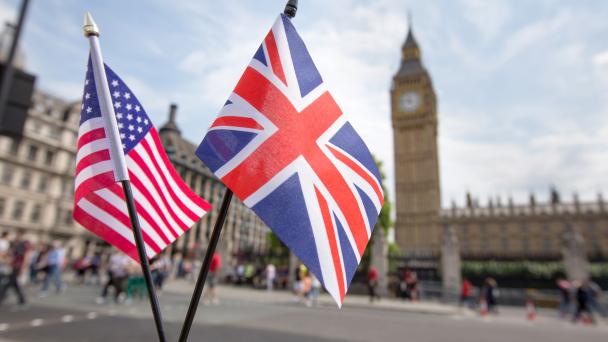The experiences of UK LGBT+ communities during the COVID-19 pandemic

From this year, new regulations require UK listed companies with more than 250 employees to disclose the ratio of their CEO's pay to the median, lower quartile and upper quartile pay of their UK employees.
It is clear that the new duty to disclose is driven by concern about the difference between those with high pay and low pay. This concern is not just for policy wonks: data from NatCen’s British Social Attitudes Survey highlights that most of us (78%) think that the gap between those on the highest incomes and those on the lowest is too large (pdf). The European Social Survey (ESS) tells us that two-thirds of the public think the Government should take action to reduce this gap.
But what are the practical implications of bringing this kind of pay data into the public domain?
Some people will struggle to engage with concepts like ratio, median and upper and lower quartiles of the pay distribution. And it is clear there is likely to be a good deal of variation in the range of ratios being reported; anything from 5:1 up to 1,000:1 depending on things like the size and type of organisation, as well as how many employees it has in the UK. Simply making sense of the data will be a challenge.
Even so, it’s likely that the information will have an impact on pay bargaining and settlements. Suddenly, both management and workforces will be able to draw on information about the pay structures of similar organisations during pay negotiations. Data from the ESS shows that 60% of us think we are paid fairly and 37% think we are not paid enough. Will this data make more of us feel that our pay is unfair? Will having this data close the pay gap, or just give higher paid employees a new bargaining tool? Will the data cause a public outcry about executive remuneration?
In fact, evidence from the ESS suggests that it is low pay, not high pay, that people are most concerned about. The ESS asks two questions; first about how fair people think the pay of the top 10% of earners is and second, for the bottom 10% of earners. We’re far more likely to think the lowest paid are paid too little than the highest paid too much; 80% of UK respondents think the lowest 10% of earners are paid too little, compared with only 37% who think the highest 10% are paid too much.
Yesterday I took part in a fascinating discussion led by the High Pay Centre, who have campaigned for such disclosure, and funded by the Standard Life Foundation. It was this thought – the difference between the highest and lowest – that I was left with as I took the lift down from the very top of London’s Gherkin, where the debate took place, back down to ground level.


 Press release
Press release

Receive a regular update, sent directly to your inbox, with a summary of our current events, research, blogs and comment.
Subscribe